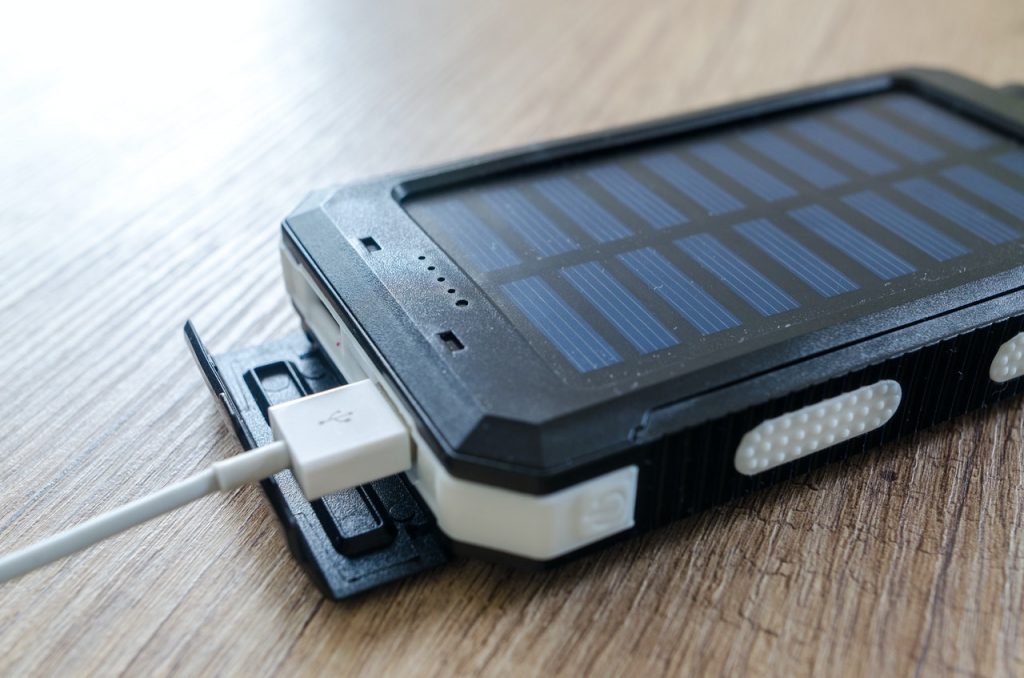Lithium ion batteries are one of the most popular batteries in the world. They’re popular because they’re safe, environmentally friendly, and used in high-end devices.
They are made of lithium carbonate, a material made of carbon groups. The two main types of these batteries are hybrid cells and all-aluminum cells. These types of batteries offer that they’re safe, have a low risk of fire, and can easily be replaced. They also offer a lot of potential for technology innovation.
How Safe Are Lithium-ion Batteries?
The safety of Lithium-ion batteries is one of their main selling points. Because they’re so safe, they’re used in devices that need to contain potentially hazardous materials. One example is your smartphone. If this battery were a flammable type, it would be inherently dangerous for use with your phone as potential sparks could ignite for damage or even your destruction.
Unlike other types of batteries which are made from a vast array of different materials that make up the overall battery cell, Lithium ion batteries are made by extracting Lithium from salt and concentrating it into the rechargeable element of the battery—making them so safe for use.
However, Lithium becomes a fire hazard if you contact water or grease. This can cause an explosion or an implosion, depending on how much pressure is put upon the storage unit/battery and its proximity to the source of the ignition element. Because Lithium is a flammable, explosive, and charged element, it is also hazardous to our environment and health; it should be heavily monitored for safekeeping.
Because Lithium evaporation is a hazard, our first port of call when inserting the battery into a device would be to give your phone case, car, laptop, etc. A wipe down with either a damp or cleaner cloth could have remnants of grease residing on its surface, eliminating the potential threat created from previous use by users who slipped up by creating residue marks with dust, lint, or permanent marker pens.
The same also goes for placing another rechargeable in and out of their respective charging unit/output terminals, as well as keeping them where you can quickly grasp and identify through touch without having to squint particularly hard.
Advantages and Disadvantages of Lithium-Ion Batteries
The advantages of these batteries are battery life, capacity creation, and discharge rate. People will often buy out of the hype and similar benefits for various reasons. The cost reduction and saving when supporting these batteries come from generating power from thin-film solar cells rather than a powerful lead-based battery, like those used in our everyday devices such as mobile phones, iPods, portable CD technology.
The potential disadvantages of these batteries are the over-factoring of the working environment that has to be present yet easily achievable primarily via more readily economical and more environmentally protective thin-film solar panels.
Another disadvantage, it has shallow vaporization points, most notably through overcharging when neglected by users who continue to consume them by running devices at full throttle. Ensuring everything is running optimally well with high-quality internal charging units leads to well-charging management, meaning it will reach maximum capacity.
Are the Lithium-Ion Batteries Worth the Cost?
It depends on a user’s daily needs for devices that require it. There might be some hidden costs as well when looking at a batteries’ cost-effectiveness.
With Lithium-ion based cells, you can expect to have a noticeable long-term saving of battery costs that you would otherwise incur by paying for lower-priced batteries.
You also want safety to be ensured, so it is always necessary to make sure that your battery has no issues or damage if they have been poorly retired and it starts overheating while in your home. If there aren’t any issues, it is worth the cost in the long run.
Conclusion
These batteries are significant and require minimal care, or in regards to cleaning, they can be discharged roughly 2000+ cycles before failing. The high discharge lifetime is one of its most vital points. An element that is crucial for all-day-long daily usage and ensures a much greater number being bought up every year. The alkaline types pose great difficulties, which require a good object that wicks excess liquid away without causing abrasions of large areas as it will cause premature failure.
